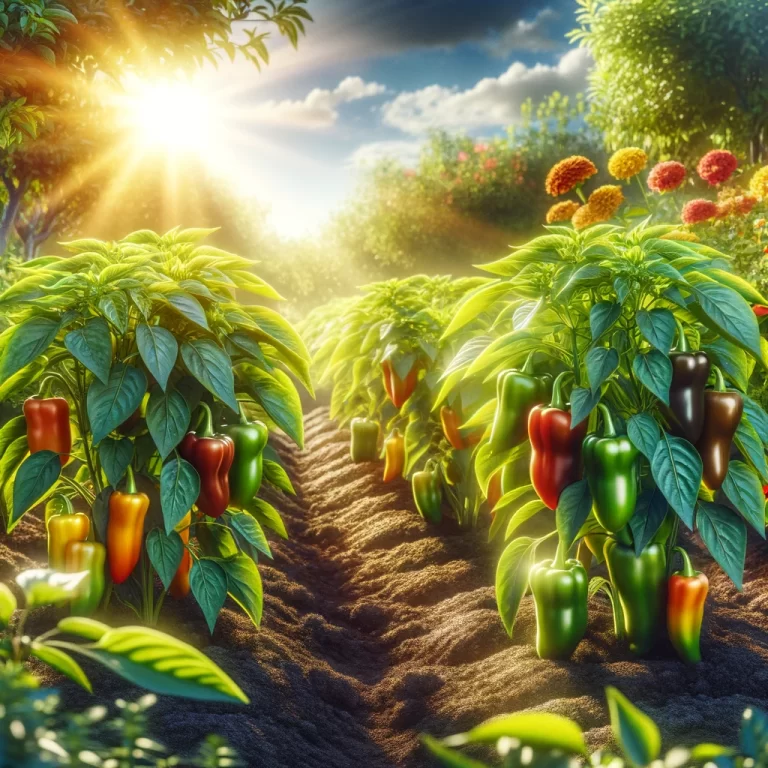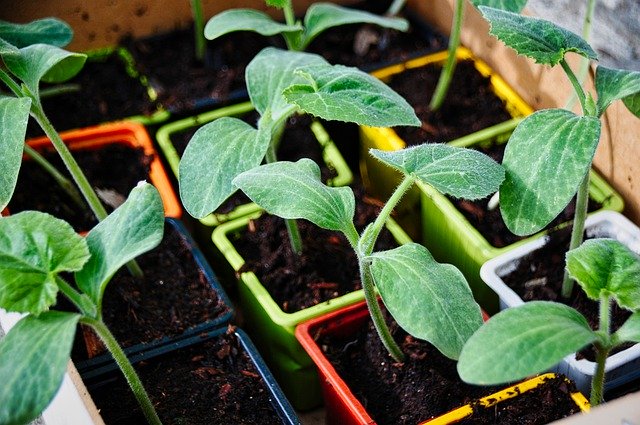Transplanting pepper seedlings is a critical step in the journey of growing peppers, whether you’re a hobbyist gardener or a commercial grower. The process can significantly impact the health, growth, and yield of your pepper plants. With the rising interest in home gardening and sustainable living, understanding when to transplant seedlings and the right way…
transplants
Hardening Off Plants Headache-Free
Hardening off plants is one of my least favorite gardening tasks. It requires a lot of care and attention, and it’s really easy to mess it up. I’ve yet to perfect the shuffle that involves bringing trays of seedling outside then back in. There’s always something that goes wrong. So let me help you avoid…

